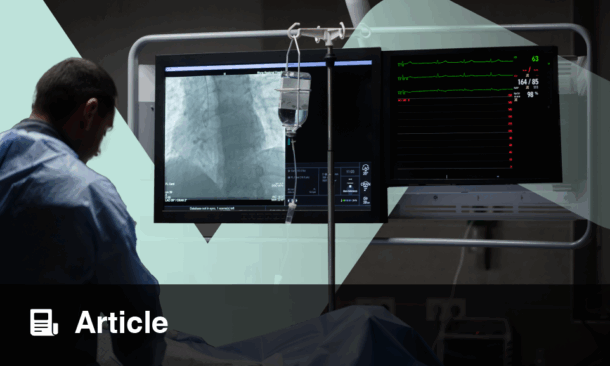A NEW nationwide Japanese study has shown that the DanGer shock criteria effectively identify which heart attack patients in cardiogenic shock respond best to Impella treatment, highlighting major differences in survival rates across subgroups.
Understanding the DanGer Shock Criteria in Cardiac Care
The DanGer shock criteria were first introduced in the landmark DanGer Shock trial, which demonstrated a survival advantage from early Impella support in patients with ST-elevation myocardial infarction-related cardiogenic shock (STEMI-CS). However, outside of controlled research, Impella is often used in broader, less strictly defined patient populations. This new registry-based study examined how well the DanGer shock framework applies in real-world clinical settings, providing insight into outcomes for both eligible and ineligible patients.
Registry Data Reveal Mortality Patterns and Risk Factors
Drawing on data from the nationwide J-PVAD registry, researchers identified 3,975 patients with acute myocardial infarction-related cardiogenic shock (AMI-CS) treated with Impella between 2020 and 2023. Patients were grouped according to DanGer shock criteria: eligible STEMI-CS (35.6%), non-eligible STEMI-CS (20.6%), out-of-hospital cardiac arrest (25.0%), mechanical complications (5.4%), and NSTEMI-CS (13.4%).
The 30-day mortality was 37.6% in eligible STEMI-CS patients, compared with 27.6% in non-eligible cases. Mortality was highest in out-of-hospital cardiac arrest (51.3%), especially in those without return of spontaneous circulation (63.4%), and reached 39.8% in mechanical complications and 33.3% in NSTEMI-CS. Factors including advanced age, renal dysfunction, ventricular arrhythmia, and veno-arterial extracorporeal membrane oxygenation (VA-ECMO) use were linked to poorer outcomes, regardless of eligibility.
Clinical Implications
The findings suggest that while only one-third of AMI-CS patients met DanGer shock criteria, these patients remain the most likely to benefit from Impella therapy. The diverse outcomes among ineligible subgroups highlight the need for refined, individualised risk assessment in real-world cardiogenic shock management. For clinicians, these data support integrating physiological and procedural criteria into patient selection. Future research will be essential to expand the DanGer framework, ensuring optimal use of mechanical support devices in broader, more complex patient populations.
Reference
Arai R et al. DanGer shock criteria and outcomes in acute myocardial infarction-related cardiogenic shock treated with Impella: the J-PVAD registry. European Heart Journal. 2025:ehaf787.








